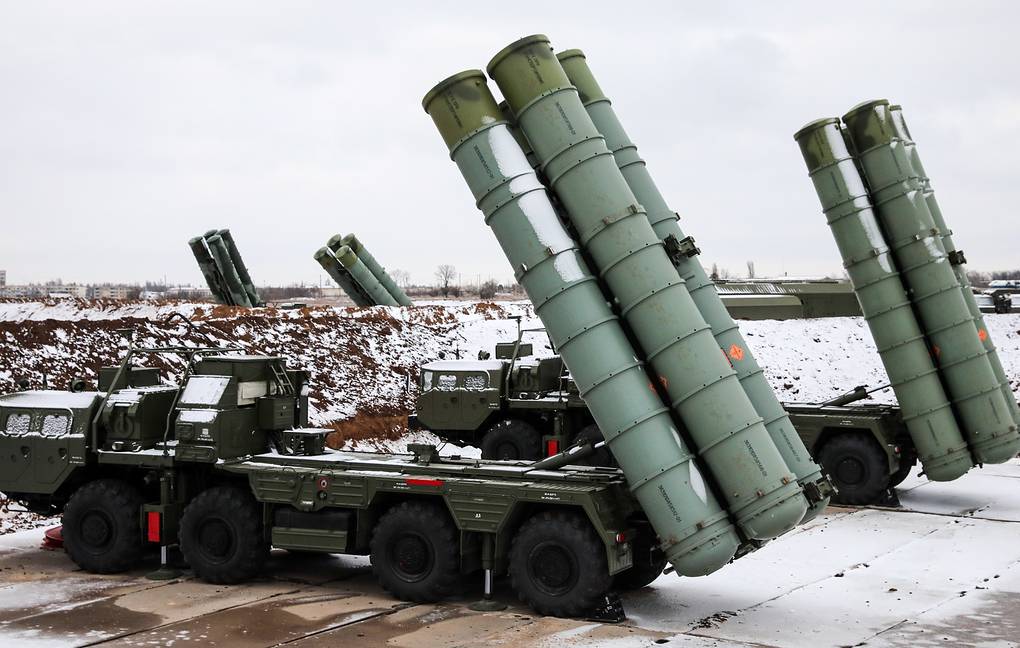These Chinese assets are either malfunctioning, or have over-promised, or are being handled by untrained personnel.
The recent missile and drone strike by Iran into Pakistan has raised questions in various quarters, both in Pakistan and internationally, on whether the Pakistan military was capable enough to protect its airspace, which has been repeatedly violated in the last few years.
Despite claiming to have multiple air defence assets, which have been bought while spending huge amounts, these defence systems, most of which are of Chinese origin, have failed to secure Pakistani airspace.
In May 2011, US Air Force assets and men spent three hours and six minutes inside Pakistan during the Abbottabad raid to kill Osama Bin Laden. Neither the entry of the four helicopters—two Black Hawks and two Chinooks—from Afghanistan, nor their exit was detected by the Pakistani air defence system, most of which are of Chinese origin. The US Air Force flying machines entered Pakistan airspace through the Afghanistan border at 11.20 a.m. and left at 2.26 a.m. Pakistani fighter jets were scrambled on the orders of then Pakistan Chief of Army Staff, General Ashfaq Pervez Kayani at 2.50 a.m.—more than 43 minutes after Kayani had issued the orders.
Similarly, when multiple Indian Air Force assets flew into Balakot, Khyber Pakhtunkhwa, in February 2019, to target the training camps of terror organization Jaish-e-Mohammad, then too the Pakistan Air Force defence system that was put in place to counter such developments, was not able to respond in reasonable time.
Three years later, in March 2022, an Indian Brahmos missile, launched accidentally, travelled 124 kilometres inside Pakistani territory in 3 minutes and 44 seconds. The missile originating from Sirsa, Haryana entered Pakistan from Suratgarh, Rajasthan at 18.43 p.m. and fell inside Pakistan at 18.50 p.m.
The location where the Brahmos fell, Mian Channu, is located around 160 km from the town of Bahawalpur. Later, Pakistan military claimed that its defence systems were aware of the launch of the Brahmos missile for the entire 7 minutes it was in Pakistani airspace. This acceptance, however, raised more questions as to why Pakistan’s air defence was not able to stop the missile from entering Pakistan airspace if they had caught its launch.
Now with the last week’s missile and drone strikes by Islamic Revolutionary Guard Corps on what it claims were training camps of terror group Jaish-ul-Adl, in the Balochistan province of Pakistan, Pakistan’s airspace stands breached from all three countries that it shares its international boundaries with—Afghanistan, Iran and India.
Last year, Pakistan Finance Minister Muhammad Ishaq Dar had announced that the country’s defence budget for 2023-24 would be PKR 1.80 trillion (US$6.27 billion) which was an increase of 19.5% over the revised allocation for 2022-23. Of this total allocation, the Pakistan Air Force was allocated PKR 368.6 billion.
Much of Pakistani air defence is made up of equipment and systems that have been bought or loaned from
In 2021, Pakistan commissioned the Chinese-made HQ-9 air defence system, also known as FD-2000, which is a long-range surface-to-air missile system designed to engage aircraft and cruise missiles. It has been using the previous versions of this air defence system since the 1990s.
The HongQi or HQ air defence system is a copy of the French Crotale. In 1978-1979, China imported some of the Thomson-CSF Crotale systems for evaluation and secretly reverse-engineered them. The first Chinese clone of this system was produced for testing in 1983.
Pakistan Air Force also uses the American TPS-77 Long Range Air Surveillance Radar and the Chinese YLC-18A “multi-role radars”. Both are long-range radar systems that claim to detect and track hostile aircraft over a large area.
In March 2017, GHQ-Rawalpindi inducted the Chinese LY-80 Low to Medium Altitude Air Defence System (LOMADS) which it claimed was capable of tracking and destroying various aerial targets at longer ranges flying at low and medium altitude. Pakistan and Chinese military experts had called it a “ready to fire” system which could take down fighter jets, cruise missiles, and drones. As per their claims, with a 40 km range, the weapon system has the capability of engaging as many as six targets simultaneously at a height of 50,000 feet. The system has a search radar with a range of 150 km and guidance radar with a range of 100 km. It consists of a command vehicle, firing vehicles, an electronic and support vehicle, missile transport vehicle, and a power supply vehicle. One LY-80 battery, as per these experts, can provide defence cover to as much as 8,000 square km. Each battery consists of illumination and pointing radars and four launchers.
Pakistan military also operates two different Airborne Early Warning and Control aircraft systems—Saab 2000 Erieye developed by the Swedish company Saab and the Chinese ZDK-03 which consists of a Chinese AESA radar mounted on the Y-8F600 aircraft.
However, as past incidents have shown, despite having these assets, Pakistan’s airspace was violated without the officials getting any hint of it. This suggests that either these assets are facing malfunction due to non-maintenance, or are not designed to carry out the task which they claimed they could by the manufacturers or are being handled by untrained officials.
These concerns are going to push the Army officials at GHQ to look beyond Chinese equipment and also to invest more in securing its borders, especially its western borders. Iran and Pakistan (with its act of responding to Iran’s attack by targeting targets in Iran) have now crossed the proverbial Rubicon.

